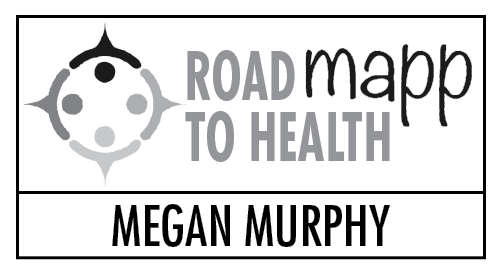Editor’s Note: MAPP (Mobilizing for Action through Planning & Partnerships) is a local coalition that aims to use and build upon our strengths to improve our individual, family, and community health. Health is defined broadly to include cultural, economic, educational, environmental, mental, physical, and spiritual health.
If you could do one single thing that decreased the number of people within our community experiencing anxiety by 56 percent, life dissatisfaction by 67 percent, alcohol abuse by 33 percent, and recent depression by 40 percent, wouldn’t you be intrigued to find out what that might be?
Last summer, the community selected Family Well-being as the top priority for our collective community action. There are a variety of interrelated factors that influence family well-being in our community and are reflected in the recent Community Health Assessment. These variables range from economics, education, public transportation, substance abuse, domestic violence, family support and connectivity, built and physical environment, physical and mental health, and Adverse Childhood Experiences and trauma.
One of the underlying, root causes that prevent families from being well is the generational cycle of Adverse Childhood Experiences. Also known as ACEs, this term refers to traumatic or disruptive things that happen in childhood (0-18 years) such as abuse, neglect, witnessing domestic violence, alcohol/drug abuse and criminal activity/imprisonment.
Conducted in the early 1990s of more than 17,000 people (predominantly white, middle class population), the ACEs study linked toxic stress experienced early in life to mental, physical and behavioral problems. Very young children are especially vulnerable, and tend to develop a wide variety of health and social risk factors such as obesity, diabetes, smoking, alcohol abuse, and depression. The study also found that the more ACEs experienced, the higher the likelihood of experiencing health problems.
According to the Dr. Robert Anda, the principal investigator on the original Adverse Childhood Experiences study, addressing ACEs is “the most important opportunity for the prevention of health and social problems and disease and disability that has ever been seen.”
ACEs are prevalent throughout populations within the United States, Alaska, and the Southern Kenai Peninsula (SKP). However, recent data from the state-delivered Behavioral Risk Factor Surveillance System show cause for local concern. The ACEs questionnaire has 10 yes/no questions, thus scores range from 0-10 depending on the number of “yes” responses.
Of the adult male SKP respondents, about half (44.5 percent) had experienced zero ACEs before the age of 18 whereas the number of adult female SKP respondents who had not experienced any ACEs was only a quarter (26.3 percent). Further, one out of every four female respondents experienced four or more Adverse Childhood Experiences before the age of 18 (BRFSS 2013).
While there are other causes of health problems and risk behaviors, ACEs play a key role. The amazing part about this story is that ACEs are preventable. Thus, focusing our community efforts on increasing family well-being and preventing ACEs would result in significant improvements in many other health and behavior areas.
Yes, preventing ACEs is indeed one single way to decrease anxiety, life dissatisfaction, alcohol abuse, and recent depression by sizable amounts in our community.
The more we learn about ACEs and how traumatic events can affect people, the more it helps us to change the way we ask “what is wrong with me / you / them?” to “what has happened to me / you / them?”
Rephrasing this question increases our compassion for ourselves and for others and opens an avenue for healing.
The more we learn about resiliency, the more our incredible capacity to heal is revealed. From the online “Resiliency Cookbook”: “ACEs are not destiny, and early trauma does not have to dictate a life story. Research shows that protective factors — chiefly, the presence of a nurturing adult — can cushion the impact of adversity in a child’s life.”
As we focus on increasing protective factors for families in our community, remember that we all benefit and we all play a role in preventing the transmission of ACEs in our community. There are many ways that each and every one of us can be positively present for one another, particularly for children.
What role do you want to play?
Megan Murphy is the MAPP coordinator and can be reached at mappofskp@gmail.com. For more info on ACEs, see www.cdc.gov/violenceprevention/acestudy or call 235-0570 to be directed to a local ACEs trainer in our community.



